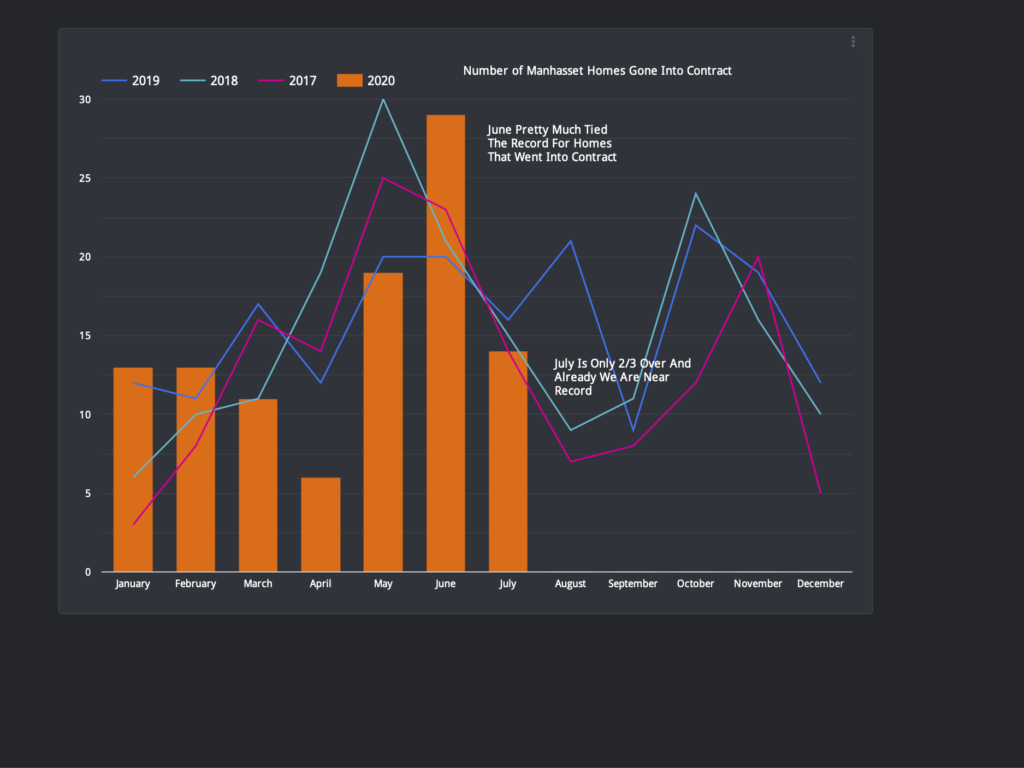

- #Tableau read zip file how to#
- #Tableau read zip file zip file#
- #Tableau read zip file update#
- #Tableau read zip file code#
- #Tableau read zip file trial#
Simply sign-up, activate Canvas Desktop, and get started.
#Tableau read zip file trial#
All these capabilities are delivered via a user-friendly, visual interface.Īnalytics Canvas offers an instant free trial where you can create your own TBWX files in minutes.

It provides an automated, auditable, repeatable method to manage data presentation in Tableau.Īnalytics Canvas can automatically retrieve data, create, package and deliver your workbooks to the Tableau Server and Cloud, notify your team that the files are ready, and send Tableau files via email. Analytics Canvas will use your template and the TDE file to create TWBX workbooks.Īnalytics Canvas enables you to scale your Tableau implementation.
#Tableau read zip file how to#
How to create a TWBX using Analytics Canvas The introduction of Hyper resulted in a number of changes related to extracts, primarily making them faster for analytical query processing on large or complex data sets. Although it is mainly used for packaging data from a database, publishing to Tableau Public and Tableau Online, TDEs are also valuable for their performance strengths.īeginning in Tableau 10.5, a new type of extract was introduced called Tableau Hyper Extract (.hyper).

This is a file format for compressed data sources.
#Tableau read zip file update#
If you want your workbook to update when the source file is updated, you need to use the TWB file format.Īnother important Tableau file type is Tableau Data Extract (TDE). If you refresh/update the source file, TWBX will stay unchanged. TWBX files are usually used as reports and can be viewed using Tableau Viewer. It does not link to the original file source instead it contains a copy of the data that was obtained when the file was created. It includes a data source file, TWB, and any other file used to produce the workbook (including images).

Tableau Packaged Workbook (TWBX) is a package of files “compressed” together. The most important thing to remember about TWB files is that they don’t contain any data – if you want to share your workbook, therefore, you will need to send both the Tableau Workbook File and the data source file. The TWB file references a data source file such as Excel or TDE, and when you save the TWB file, it is linked to the source. It contains the information about your sheets, dashboards and stories.
#Tableau read zip file code#
Without the rest of your code that processes this, it's difficult to know if this will be what you need but perhaps it's a start.Tableau Workbook File (TWB) is an XML document. MainPanel(DT::dataTableOutput("selectone"))))įilelist <- unzip(inFile$datapath, list = T)ĭT::datatable(all()], option = list(scrollX = T), filter = 'top') SelectInput("choice", 'Choose', choices = c(1,2,3), selected = 1) Ui <- fluidPage(sidebarLayout(sidebarPanel(įileInput("ZIP", "Choose ZIP File", accept = ".zip"), To reference different dataframes, the code required is all()] and I have added something that shows this.
#Tableau read zip file zip file#
It uses lapply to read the contents of the zip file to create a reactive variable called all. One option is to read all the dataframes into a single variable and then use a number to select the one of interest. Read_csv(unzip(inFile$datapath,"THREE.CSV")) Read_csv(unzip(inFile$datapath,"TWO.CSV")) Read_csv(unzip(inFile$datapath,"ONE.CSV")) csv dataframes, how can I achieve it ? # Only run examples in interactive R sessions I'm abble to do it if I know the name and number of csv files.īut if I don't know the number and names of. csv dataframes.įor example, if test.zip contains file ONE.csv, TWO.csv, THREE.csv, i'd like to obtain 3 reactives values (as dataframes) called ONE, TWO, THREE. And when I try publishing the workbook using tabcmd and give the path and the filename as filename.twbx, it says the file doesn. However, when I perform the last step, Step5, the type is still a zip file and it just adds. This zip is composed by multiple csv files, and I'd like to save as reactive values all. Step 4:- Compressed twb file into a zip file. I'd like to read a zip file selectioned in a fileInput. I'm working on a shiny app to manipulate data.


 0 kommentar(er)
0 kommentar(er)
